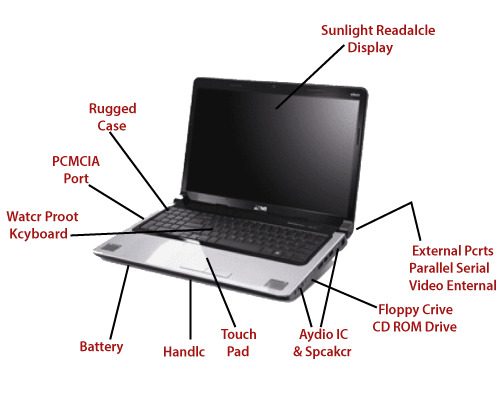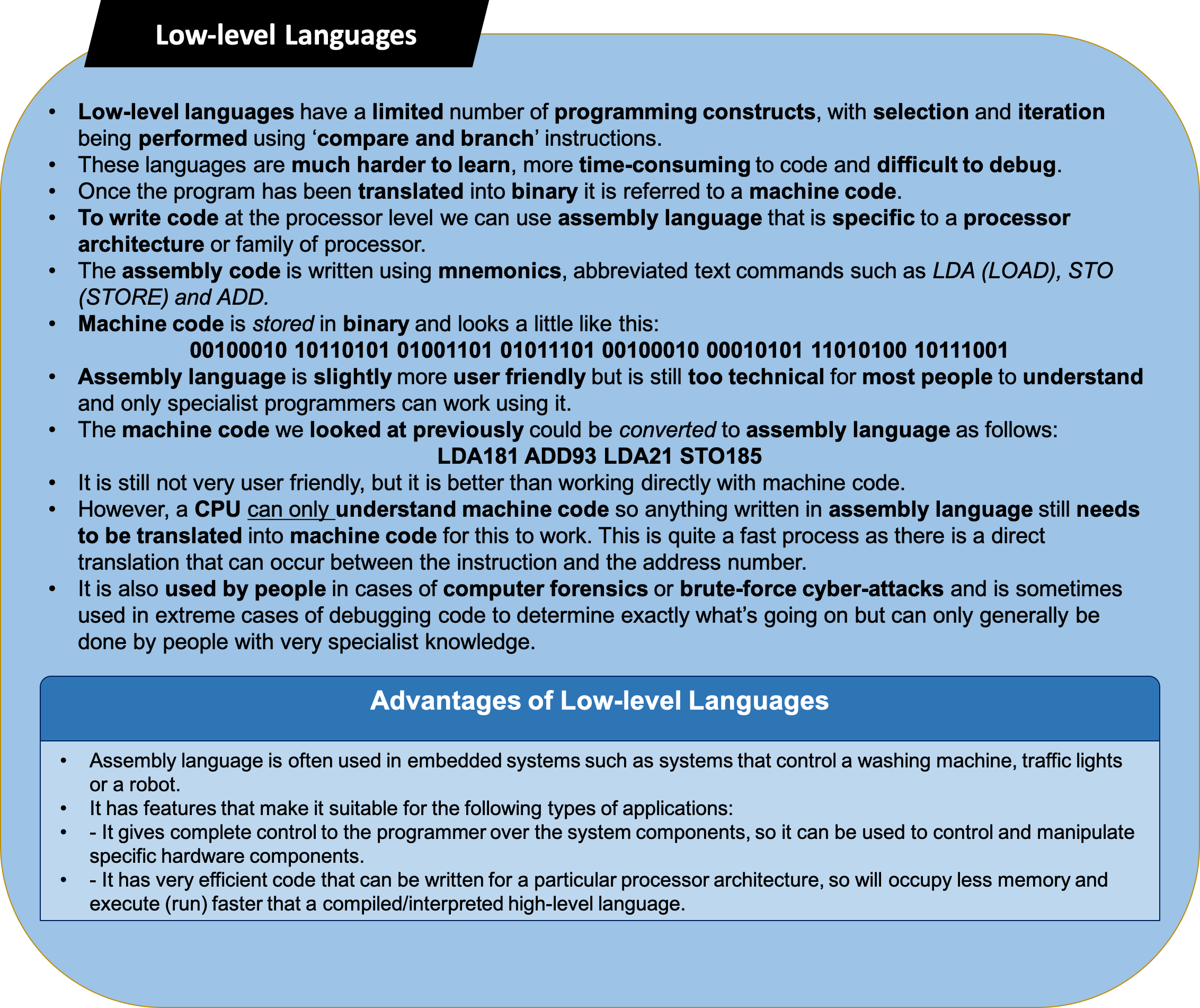

Second Generation (2GL) Assembler Language
#4th generation programming language list code#
Want to write code in 1GL? Learn binary here.Examples Motorola 68000 used in early macs, Intel 8088 used in early window machines.Cons many errors, slow compared to these days, limited memory in those days, difficult of programmers.Pros achieved the objective to get CPU working.As these instructions were binary based, programming was much harder to interpret and understand for the human programmer.Instructions were entered directly in to the CPU for processing.Programming instructions (in the form of binary) were entered through the front panel switches of a computer system.This means that there were no compilers or assemblers to translate human-readable code in to binary.First generation programming languages are machine-level languages, ie to make the CPU work and connect hardware.Programming Generations First Generation (1GL) Machine Language Programming languages help us to translate our ideas and thoughts in to functionial computer programs.A programming language is a constructed language that is designed specifically to communicate with a computer system.Programming is the process of writing computer programs.Types of languages 1st Gen, 2nd Gen, 3rd Gen, 4th Gen, procedural, non-procedural, object-oriented, scripting.It can be employed directly by the end-user or less skilled programmer to develop computer applications more rapidly than the conventional programming language. It is also a non-structural programming language. Conversion time is slower than assembly level language.įourth-generation language (4GL) – 1985’s to till nowįourth-generation language (4GL) is more non-procedural, object-oriented, and conversational than prior language.The translator is necessary to translate languages.




 0 kommentar(er)
0 kommentar(er)
